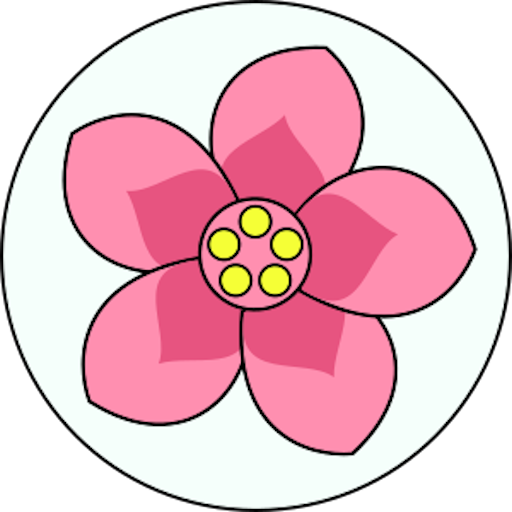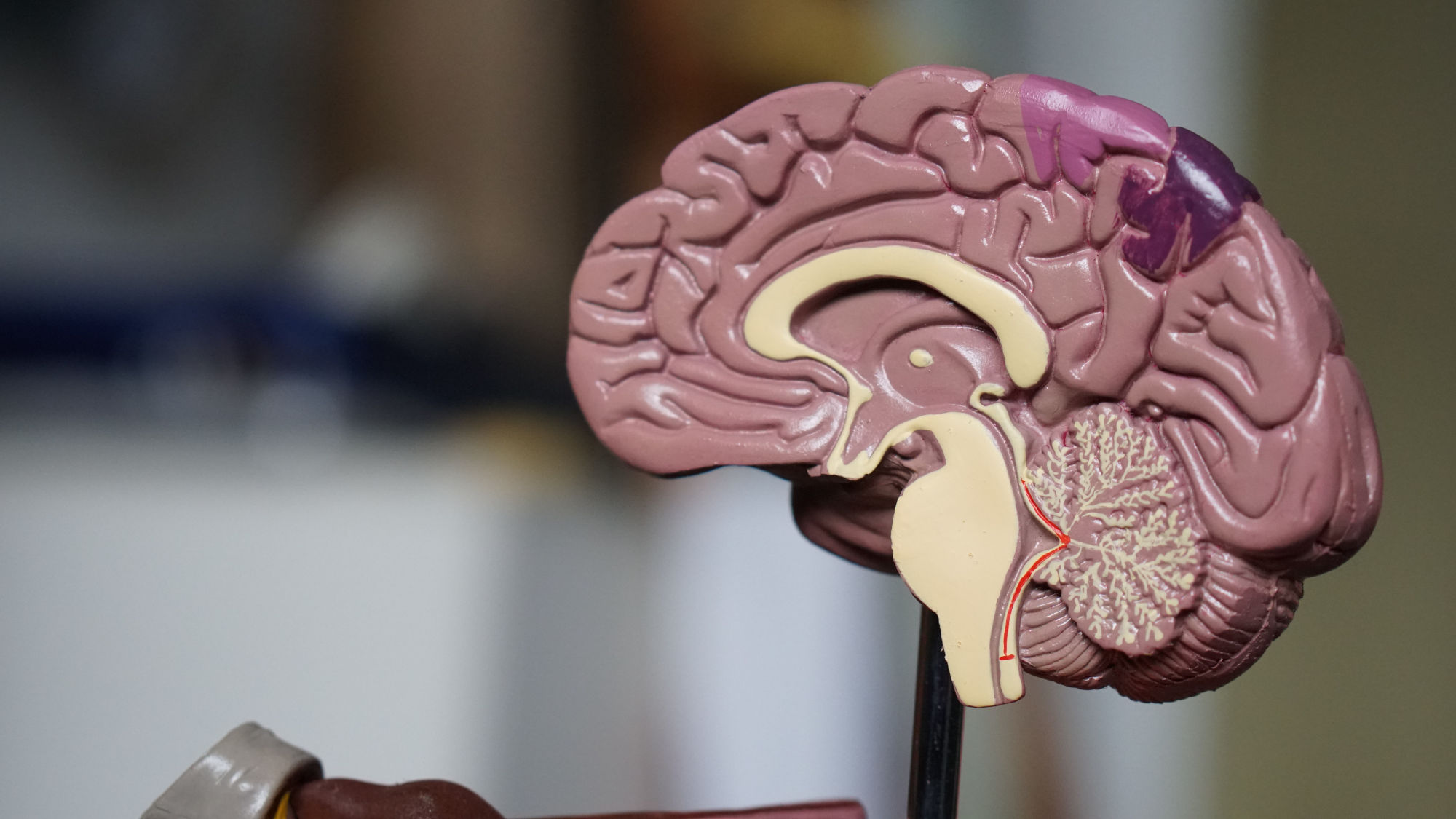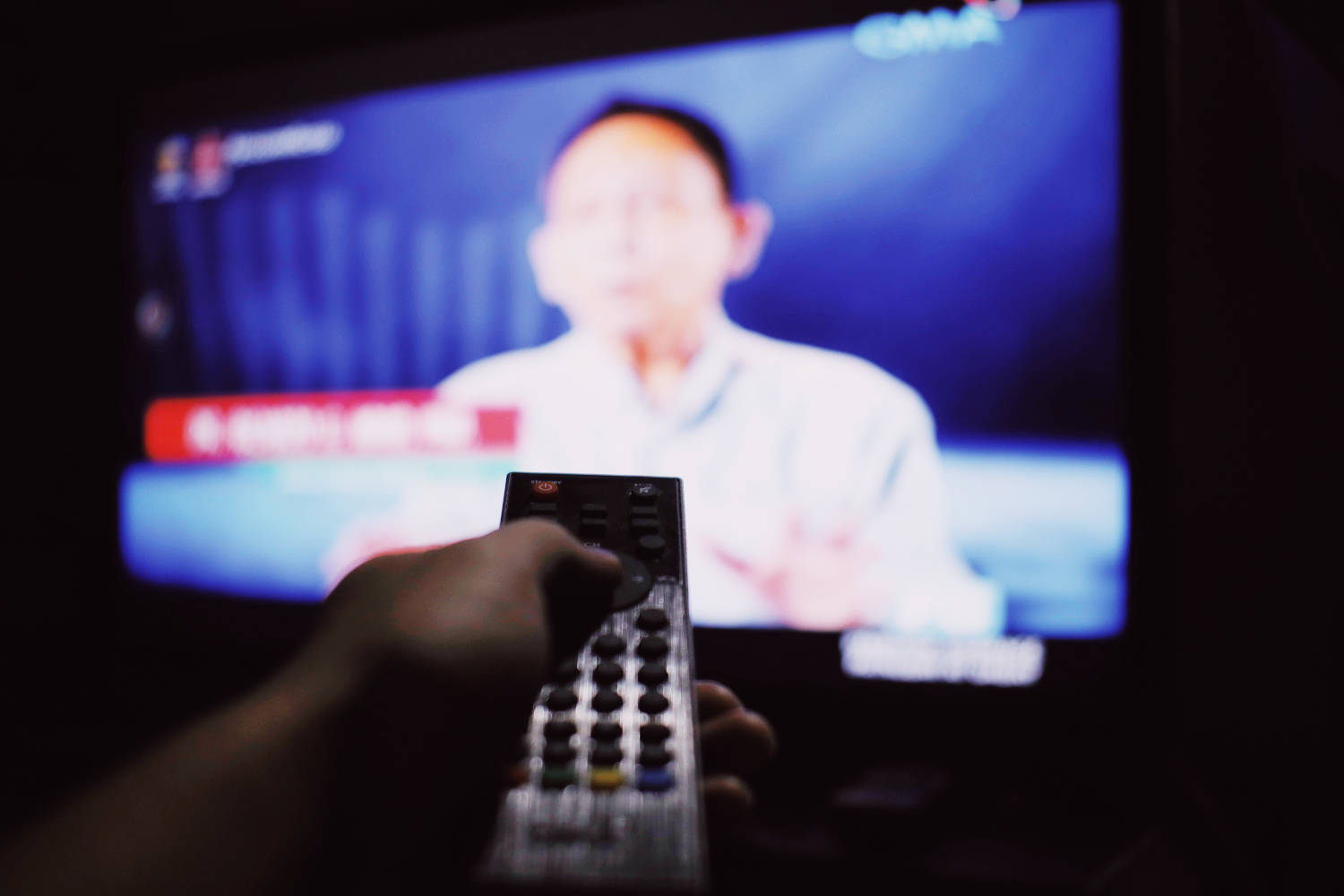What is the brain, and how does it work? Even though a lot of research has been done on the inner workings of the brain and a lot of it is understood, no all-encompassing theory exists that can explain how the brain works. What gives it consciousness? What is memory? Is there free will? These are all questions that many want answers to. Though I have had no training in any of the disciplines involved, I want to add my two cents in this series of articles. I think I have an idea that can connect neuroscience with psychology and sociology.
The brain is a fascinating organ. It makes us think, act and feel. But how it works exactly, no one really knows. Many theories have been proposed to explain the functioning of the brain, but they are hard to connect to psychology.Psychology and neuroscience seem to have a hard time shaking each other’s hand. But maybe I can add something that can make them come closer together.
Memory object hypothesis
In this series of articles, I want to present an idea for the working of the human brain. The basic idea is that, over time, the brain develops a pattern in its neurons in the form of something that is called synaptic plasticity, maybe in combination with switching synapses that move from stimulating another neuron to inhibiting it, or make connections with other neurons altogether. This pattern, I speculate, is a web with interconnected intersections, or nodes, that together represent all that you have remembered in your life. If the signal travels through the brain, it will travel faster and farther over this web, where the plasticity of the synapses is higher. These nodes, then, can together form a certain pattern that has been recognized in external stimuli, like something being ball shaped, but also a falling leaf from a tree, or someone being nice to you. All of these things are patterns, and all of these things, I speculate, are represented by a certain combination of nodes. I am going to call these patterns that are represented by a certain combination of nodes memory objects.
I will further speculate that these nodes, and therefore the memory objects, are also connected to an emotional connection that was formed at the moment of the discovery or subsequent recognition of the memory object. The feeling that is felt at those moments will connect to the memory object, I will speculate.
I will also speculate that the release of the hormones that cause emotions influences the direction that the signal travels in, together with neurons with synapses that inhibit or stimulate the firing of other neurons. This, then, will lead the signal to take a path that is the most beneficial to the brain.
These ideas form the basis of what I want to call memory object hypothesis. Further in the series, I will, among other things, speculate how decisions are made, what I think consciousness is, how humans predict things, and why humans care about some, but not others. I will try to underpin these ideas with memory objects.
Overview
Below, I am first going to give a brief overview of all articles that I have written so far in the series. If you just want to move on to the first articles of the series, you can go directly to the first article, the intricate pattern of the brain: the neuron and its synapses, or, if you already know what neurons and synaptic plasticity are, you can skip to the intricate pattern of the brain: the micro memory. At the end, I will tell a bit about myself.
The intricate pattern of the brain
I have written a short summary of all the articles in the series, followed by a link, down below. I would advise you to read the articles in order, as the articles are written with the assumptions that readers have read the previous articles.
The neuron and its synapses
Humans have many billions of brain cells, but they can be split up into two groups: neurons and glial cells. Neurons are the work horses of the brain. Glial cells are cells that aide the neuron in its functions. In this article, I will mostly talk about the neuron. I will give an explanation of how they work and why I think they are important to the memory.
A major part of the neuron I am going to talk about is the synapse. The synapse is a connection between two neurons that allow a neuron to pass a signal to another, under certain conditions.
Synapses have an ability called synaptic plasticity. Synaptic plasticity is the tendency of synaptic bonds between neurons to become stronger when one neuron makes another fire. I am going to argue that this ability can create pathways in the brain.
Read more in the article the intricate pattern of the brain: the neuron and its synapses.
The micro memory
In this article, I want to introduce the concept of a micro memory. Basically, it is a snapshot of all senses at a certain period in time. What does the brain do with these micro memories? And what senses are processed? I am going to argue that emotions are also stored in the micro memory.
These micro memories create synaptic plasticity that can be used later to create an understanding of external stimuli. Where micro memories intersect, nodes of synaptic plasticity will be created.
Read more in the article the intricate pattern of the brain: the micro memory.
The memory object
In this article, I want to introduce a second term called memory object. A memory object is a hypothetical node in the form of synaptic plasticity that represents a certain aspect or property of an external object, like symmetry. But they can also represent (while working together) abstract things, like the principle of deception. Each of these properties are build up out of smaller properties like objects in Object Oriented Programming. What this is, I will explain in this article. Together, they form (in multiple parts of the brain) a bigger principle or pattern. These memory objects can be stacked and they can be “mixed and matched”. These memory object nodes can also act like gatekeepers.
I will argue that this building block functionality of the brain turns the memory into layers. I will argue that there are at least three main layers of memory: the static, the dynamic, and and the social. These are based on (lack of) an element of time and of agency.
Memory objects are connected to emotions and can be more difficult or easy to open, depending on the emotional connection.
Go to the intricate pattern of the brain: the memory object.
Decisions
In this article, I want to discuss how decisions are made in the human brain. I am going to argue that decisions are made by the (indirect) weighing of stored emotion in the memory, linked to the accessed memory objects. These emotional memories can block the propagation of a signal that would otherwise be destined to lead to action. Gatekeeping memory objects will then allow or prevent the signal to go through.
I am going to argue that there is a question memory object, that can make us stop in our tracks and weigh other options, while keeping the first one in mind. This question memory object is fundamental to the conscious mind.
I will try to explain that, by allowing the memory to store emotion, the brain can become an empirical evidence weighing machine.
Read more in the article the intricate pattern of the brain: decisions.
Skills and intuition
What are skills, and how are they acquired? How can a process be automated?
In this article, I want to give an example of a violinist wanting to become the best violinist in the world. How can they achieve such a thing? How much practice does it involve? But more importantly, why does practice work?
I am going to reason that practice creates a region in the brain that has highly intricate, specialized synaptic plasticity. This allows the signal to pass over this pattern without any more conscious guiding of it. It will be automatic. This intricate pattern is experience and the ability to pass the signal over, without guiding it, is skill.
Intuition is when someone with a lot of experience can also predict better on the basis of the intricate pattern of experience. It is not magic knowledge.
Read more in the intricate pattern of the brain: skills and intuition.
Social entanglement
In this article, I am going to argue that if certain topics are more present in the memory, these topics become more important. These topics are entangled in the pattern by the reuse of memory objects. If a certain topic is prevalent in the memory, then the amount of memory objects that it is entangled with are also more numerous than those entangled to non-prevalent topics. This means that this topic will be accessed more often through associative thinking or prediction.
When an entangled topic is about human interaction, social entanglement is created. The more we are socially entangled with other humans, the more important they become to us. In this article, I am going to write about this social entanglement, not just with humans, but also with the Ngogo Chimpanzees.
Projective identification is when patterns recognized in others are incorporated into the self. External stimuli are unavoidable and will “mold” the pattern in the receiving brain, whether it wants the stimulus or not.
I will argue in this article that the political spectrum is created by the differences in which people value others through social entanglement.
Read more in the article the intricate pattern of the brain: social entanglement.
The collective mind and experience
In this article I will argue that the Homo genus is special on earth because they could pass on knowledge to future generations in ever more efficient ways. This led to something I want to call to collective mind.
Language plays an important part in this collective mind. It dictates the synaptic pathways that are build in our heads, and makes it that we can understand complex structures and can pass that understanding on to new generations of Homo. Language, therefore, plays a significant part in the formation of society.
I also want to introduce the principles of the experience chain, experience deficiency and experience trapping and snaring.
Go to the intricate pattern of the brain: the collective mind and experience.
Free will, consciousness and rationality
I will argue that there is no free will. There can be no free will. The thinking is a propagation of the thread that weaves one internal stimulus into another or gets excited by external stimuli. The signal is directed towards a weighing of memories that will lead to either action or inaction. What is stored in the memory is king! It decides, not a hypothetical free will.
I will argue that for the creation of consciousness, the question memory object plays an important role. I will argue that using this memory object with high layer memory objects will lead to consciousness, together with interactions with society that constantly remind you that you yourself are an agent.
Rationality is learned behavior. Our default behavior is to assume that our experiences are the only true evaluation of the world around us. This is simply the effect of the coupling of emotion to memory objects, leading to the human brain becoming an empirical evidence weighing machine. To understand that the world is much bigger than just our experiences, however, we need to weigh the rest of the world. This involves good control over the question memory object.
Go to the intricate pattern of the brain: free will, consciousness and rationality.
Immortality
Is immortality possible? In this article, I want to explore the idea of immortality. Is it possible, or are there certain elements in the functioning of the brain that makes it impossible?
I am going to argue that immortality should be possible, but it depends on how you see yourself.
I know this topic sounds a bit goofy, and none of us alive today will reach it, but I still want to write about it, because I think it could be a theoretical possibility, and it leads to intriguing questions about the self. So, if you are interested in immortality or what the self is, read this article!
Go to the intricate pattern of the brain: immortality.
Pride, shame, and the opium memory object
Pride and shame play an important part in people’s life. They decide for a big part how people will act under certain conditions. But how are pride and shame developed? And how do humans deal with them?
In this article, I am going to argue that pride and shame develop over time, because of our experiences with tasks that can succeed or fail. When the task succeeds, a pleasant feeling is released, which is pride, and when the task fails, anxiety is released, which we call shame.
People can develop certain defense mechanisms in their head. These mechanisms make it that they do not feel shame, or even feel pride instead of shame. These mechanisms I want to call opium memory objects.
Go to the intricate pattern of the brain: pride, shame, and the opium memory object.
Who am I?
Even though I want to stay anonymous for at least a while longer, I do want to say something about my background. Firstly, I am a white male from the Netherlands. I am in my forties, and I have been struggling with what I am now suspecting is ADHD. It is, in fact, my battle with this condition that made me think about how my brain works and how that understanding can make my life better. But in the past couple of years, this has accumulated into an all-encompassing theory, not only about how my own brain works, but also how all brains work and how they work together with other brains.
I have no academic background in psychology or neuroscience, or anything else. The neuroscience that I will present in these articles is rudimentary. I think both my knowledge in psychology and neuroscience are good enough to write the about the things I want to write about, but I am by no means a specialist. So please, reader, take what you read here with a grain of salt, unless it has been properly vetted by neuroscientists and psychologists. Reader beware!
How an artificial intelligence could work
To better understand the functions of the human brain, I wanted to think up a way in which you could program artificial intelligence that would act and “feel” in the same way that you and I do. What I came up with was an idea that was based on object-oriented programming, a programming method. In this method, a program is build up out of all sorts of smaller programs. In my idea, these smaller programs would each perform a specific task, like measuring if something is symmetrical, or if it moves. Also, I reasoned that if I connected these objects to an emotion, depending on the way in which they had been accessed, I could start to explain a lot of human behavior. I therefore started to read up a bit on neuroscience and was kind of surprised that I could concoct a rudimentary idea of how such a thing could work.
Why write this?
I want to see if I can find neuroscientists, psychologists, and sociologists to read these articles. I want to get some feedback on my memory object hypothesis, so that I can amend my understanding of who I am and who we all are. And maybe I can spark a bit of a debate about all the things I am going to write about. So, please, don’t take anything that I write in this series as gospel. It is just an unverified idea. The purpose of this blog is to find out how much of it is real.
Now that you know a bit about me, let’s move on to a brief overview of the series, the intricate pattern of the brain.
Its’ just an idea
I hope I have tickled your curiosity enough to make you want to read on. But please keep in mind that this is just an idea.
Now without further ado, on to the next article about brain cells.





